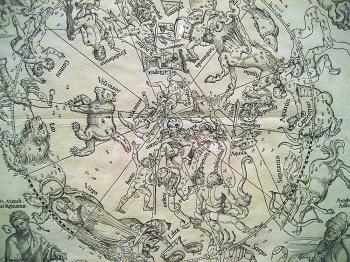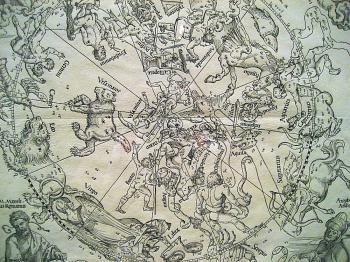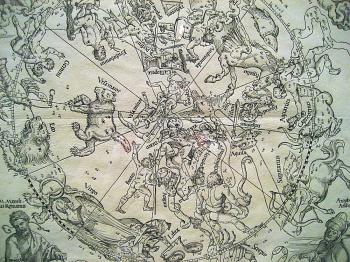White Lights on Black Canvas: Tales of the Night Sky
I stared up at the starry night. The myriad of delicate white lights against a dim backdrop.

'Celestial Map of the Northern Sky' by Albrecht Durer, 1515, as shown at the Metropolitan Museum of Art in New York. WikiMedia Commons
|Updated:






